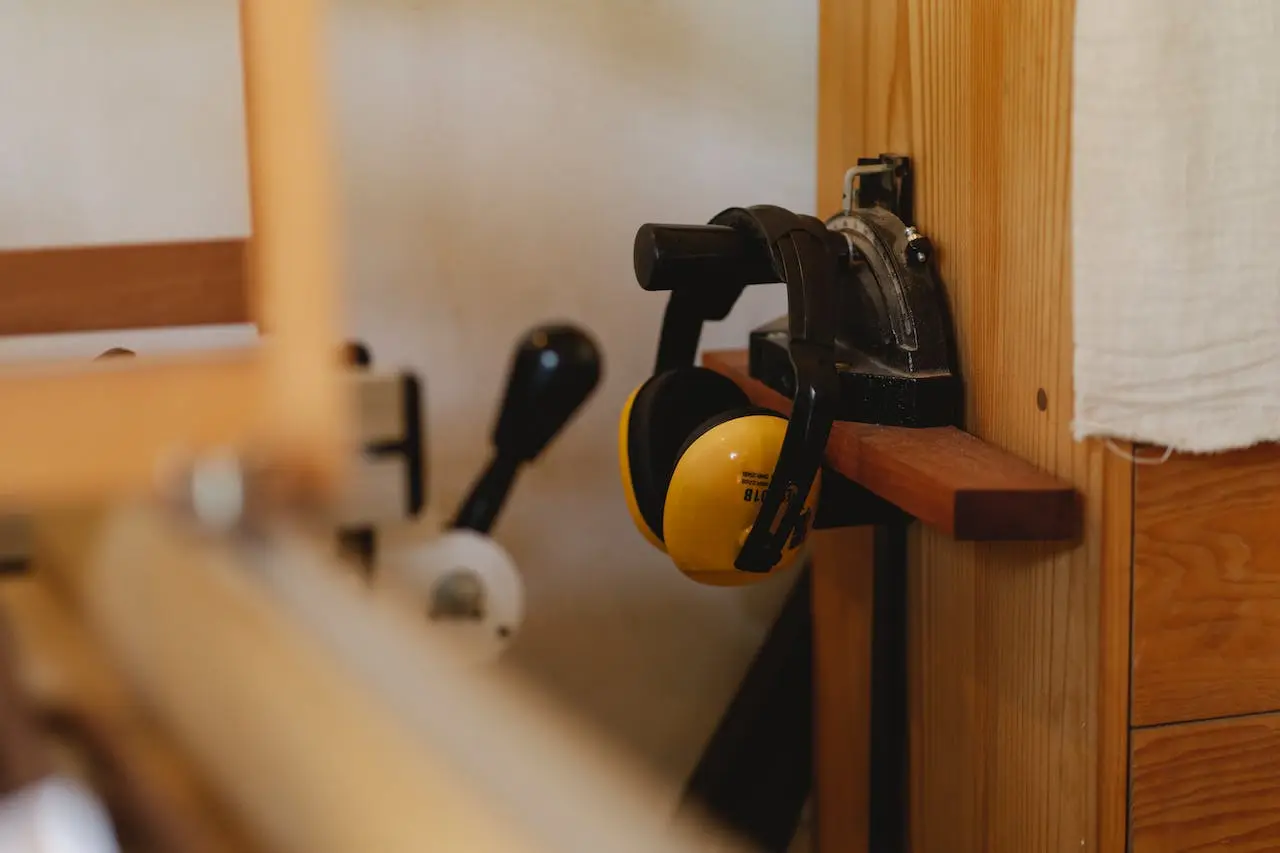What welders, firefighters, workers in glass factories or metallurgical plants have in common is undoubtedly the need to work for hours in dangerous conditions of high ambient temperatures and direct contact with fire and various forms of heat. The hot factors present in the workplace pose a direct threat to the health and life of workers, making the need for appropriate protective clothing here with properties that protect against high temperatures and contact with fire unquestionable. How should a steel mill worker be dressed to work safely in the conditions there?
Hot factors, i.e. what poses the greatest danger in a steel mill?
Clothing designed to protect the worker from high temperatures should be prepared comprehensively in terms of protection against various factors that cause the appearance of excessively high temperatures.
These include not only direct flame, but also infrared radiation, ultraviolet radiation, convection heat, contact heat, molten metal splashes, and the presence of liquid metal or glass just present in steel mills.
Which factors a particular protective garment has been tested for and what class of resistance it has are indicated by various standards, including, most notably, PN-EN ISO 14116:2015 (which specifies guidelines for garments intended for workers who are exposed to accidental contact with flame, but are not exposed to other types of hot agents) and PN-EN ISO 11612:2015, which describes garments that protect against high temperatures.
Garments complying with the requirements of this standard are intended for workers exposed to contact with flame and exposure to at least one other hazardous hot agent or several such agents simultaneously. The resistance of clothing to a given type of agent is indicated by a special letter code, where A denotes clothing that limits the spread of flame (and protects against direct contact with it), B - resistance to convective heat, C - resistance to radiant heat, F - resistance to contact heat, D - resistance to large splashes of liquid metals, and E - resistance to large splashes of iron. The higher the numerical symbol of the class next to a given letter symbol, the higher, of course, the level of protection of the garment against a particular harmful agent.
Taking into account all of the above guidelines and resistance classes, the materials from which protective clothing is made must not burn, must not melt, must not form holes, and should not produce burning or molten debris.
How to choose protective clothing for steel mill workers?
The selection of suitable protective clothing that guarantees protection from high temperatures depends on the working conditions and the factors that occur at the position - remember that work in a steel mill is not only exposure to hot microclimate, but also various types of dust, chemicals and noise, against which the employee should be adequately protected.
Among the materials that are used in clothing to protect against direct contact with hot agents are primarily aluminized materials that reflect thermal radiation, and additionally impregnated non-flammable cotton or wool inside the outfit to maximize worker safety. This one should be protected, of course, from the feet through the whole body to the hands and head, bearing in mind that it is also necessary here to use protective goggles and ear protection from exposure to noise.
The most interesting proposals of clothing for metallurgists in the offer of Gabi BHP
- Heat-resistant suit AM20 PORTWEST is a full-length suit guaranteeing full resistance to direct contact with fire and hot substances, ideal for work in glass or metalworks. Comfortable and allowing full freedom of movement, the suit allows to protect the entire body, although for full safety it should be used complete with shoe covers and a special heat-resistant hood that guarantees full head protection. An alternative to a full suit can also be a combination of pants and a jacket that guarantees protection against radiant heat and high temperatures.
- Flame retardant antistatic dungarees Bizflame Pro FR37 PORTWEST is an interesting alternative to aluminum-coated clothing - the pants guarantee flame retardancy, protection against molten metal splinters and protection against radiant, convective and contact heat, making them ideal for work where the threat of metal splashes is possible.
- Heat-resistant footwear overlays AM22 PORTWEST is a protection that allows a steel mill worker to remain in comfortable work shoes and at the same time guarantee safety in case of contact with hot metal, convective and contact heat and radiant heat. The aluminum coating used here allows the heat to be reflected, making the worker feel the ambient temperature as much lower than the actual temperature.
- Heat-resistant gloves AM24 45cm PORTWEST is unquestionably one of the most important elements of protective clothing for a steelworks worker, who does most of his work with his hands and it is their safety that he must take the most care. Gloves, although they guarantee protection against various types of heat allow a fairly secure grip on tools and full comfort of hand movement during work.






